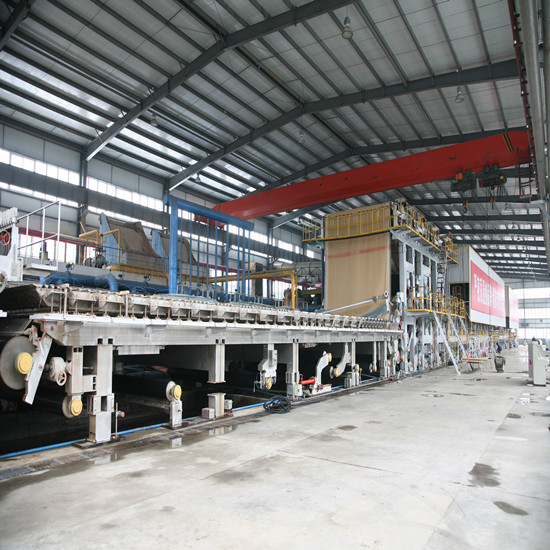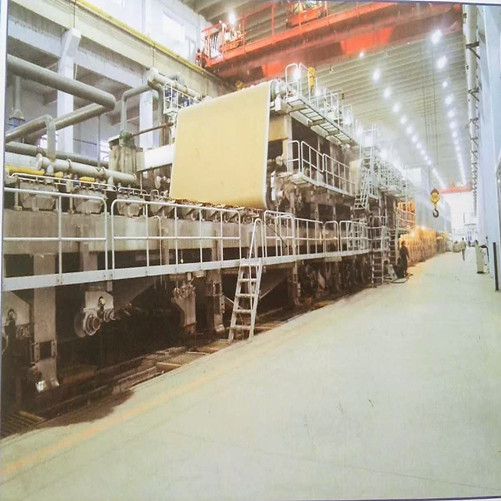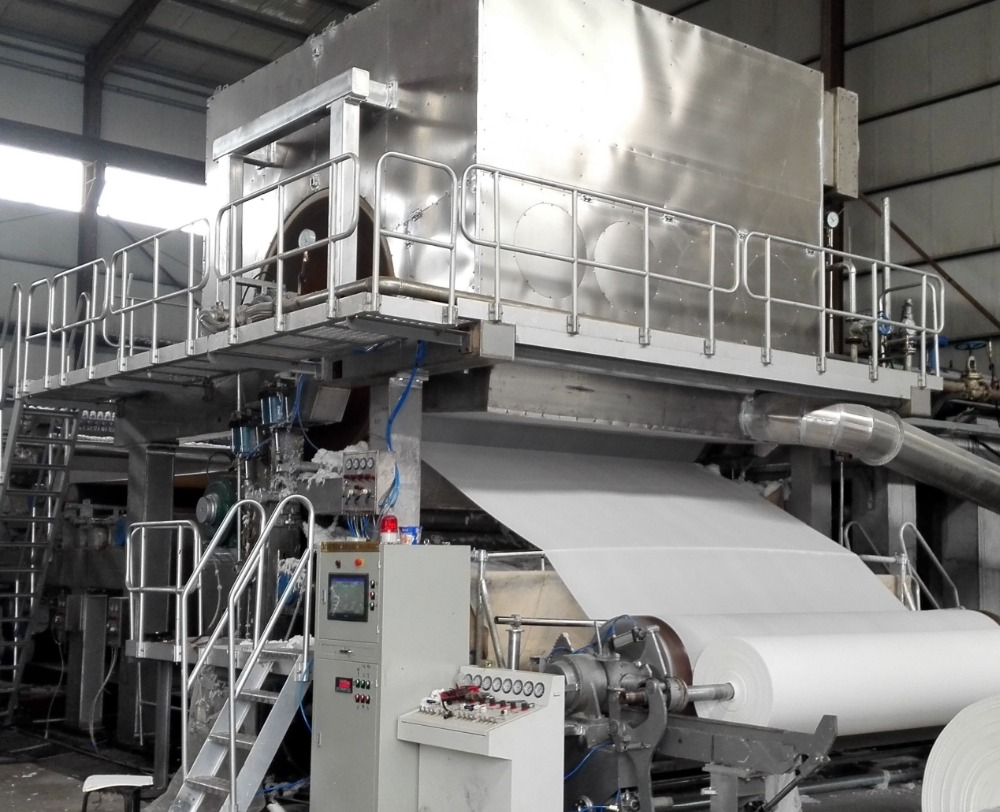The temperature range of traditional industrial thermometers is -70~3470Kl1, and the upper limit of temperature measurement is low. Exploring an effective ultra-high temperature measurement method has important practical significance for the development of thermonuclear fusion, high temperature plasma physics, space technology, and material technology. Optical high-temperature measurement is an important measure of non-contact high-temperature measurements in modern times. 1 (1) k is the Boltzmann constant, and K is the wavelength of light waves. According to Planck's law, at a given temperature, the spectral radiation intensity changes with the wavelength, and when the temperature changes, the spectral peak and spectrum will change. This results in a monochromatic temperature measurement method in which the radiation intensity at a certain wavelength (including the peak wavelength) changes with temperature as a measurement principle and a two-color temperature measurement method in which the radiation intensity ratio at two wavelengths changes with the temperature as a measurement principle. Method 1 is greatly affected by external environmental factors and is difficult to use in high-precision temperature measurement. Method 2 can better eliminate the influence of the environment and radiation source, and the measurement accuracy is greatly improved, but it is assumed to be at two wavelengths. The emissivity is the same, that is, it is measured under the gray body condition, so the measurement accuracy is limited. In order to better overcome the effect of emissivity at different wavelengths, a multicolor temperature measurement method can be used. The principle of four-color temperature measurement method and the selection of temperature measurement parameters are discussed. However, in the high-temperature range above 4000K, the radiation intensity ratio tends to saturate with the change of temperature, and the sensitivity of temperature measurement decreases greatly. It has been difficult to accurately measure higher temperatures, and the selected integral has a wider bandwidth, and it seems theoretically rough that the emissivity in the wide-band range is the same. According to the Planck radiation law, the radiation spectrum gradually expands toward the violet region with the increase of temperature. According to this, the four-color temperature measurement method is applied in the vacuum ultraviolet region, and the ultra-high temperature measurement of non-ideal radiators at 3000K~33000K is numerically discussed. The optimization of the three temperature parameters of the initial wavelength, wavelength spacing and integration bandwidth. 2 Principle of four-color temperature measurement Monochromatic emissivity of an object e (K can be expressed as a series of wavelengths at a certain temperature: in the case of K, at that time, the formula for the emissivity of four wavelengths is combined and the K3 and above are omitted. After the following relationship is satisfied: In the actual measurement, the integrated intensity Bk(T) at a certain bandwidth DK is always measured. That is, since DK is small, E(K) can be regarded as a constant within the DK range. (4) Non-ideal radiation The relationship between the spectral radiant intensity B(KT) of the body and the spectral radiant intensity E(KT) of the ideal blackbody has the following relationship: integral to (5), and let Sk(T) be the integrated intensity of the ideal black body at the bandwidth DK, ie : Then: Substituting formula (7) into formula (3) yields: Ski(T), Sk2(T), Sk3(T), Sa4(T), and substituting (8), you can get four colors. Temperature measurement ratio M varies with temperature T. Due to the discussion of ultra-high temperature measurements, it is irrelevant that a strict temperature inversion is performed from actual measurements. In actual operation, only the M-T curve is fitted according to the corresponding values ​​of M and T, and then M is obtained from the actual measurement value, and the measured temperature T 3 can be found. 3.1 The effect of the integral bandwidth team on the M-value The selection of the bandwidth team cannot be too large; otherwise, E(K) cannot be regarded as a constant. K=44nm, A=13nm was selected for the calculation, and an M*5A curve with a temperature of 33000K was made, as shown. The order of the curves from the bottom up, the temperature increased by 5000K. From the figure shows that with the increase of DA, the spacing of the temperature curve gradually decreased, indicating that the sensitivity of temperature measurement decreased. Below 2nm, it has a larger temperature sensitivity. However, DA cannot be too small. Otherwise, even if the instrument bandwidth can be made small, the measurement accuracy will be degraded because of random noise or other environmental factors. Considering the results, in the following calculations, select DA = 1nm. 3.2 The effect of the initial wavelength K on the value of m is the curve of the value of M with the initial wavelength K. The temperature is from 3000K to 33000K, and the temperature from bottom to top Increase 5000K. (a) A = 6nm in the figure, (b) A = 13nm in the figure. As can be seen from the figure, at the same starting wavelength, with the increase of temperature, the temperature sensitivity decreases, and in the short-wave region and Long-wave region sensitivity is less than the middle wavelength region. Therefore, it is advisable to select the starting wavelength around A=44 nm. Compared with the two figures, the (b) graph has a relatively high sensitivity of temperature measurement from 1994-2013 China Academic JournalElectronic Degree. Therefore, an appropriate increase in AK can improve the sensitivity of temperature measurement. 3.3 Influence of wavelength spacing on M value Given the integral bandwidth DK=1nm, the initial wavelengths are K=32nm and K=44nm, respectively, and the curve of M value with AK is calculated. As shown, the temperature ranges from 3000IK to 33000K, from the right To the left, increase by 5000K. From the visible, the initial wavelength of 44nm has a higher temperature sensitivity, which is consistent with the above analysis. As AK's added value begins to drastically decrease, the change tends to be slow. When AK is less than 6 nm, the sensitivity of temperature measurement is greatly reduced. When AK is larger, the sensitivity of temperature measurement is also reduced, and the temperature range is also reduced. Taking into account the requirements of K >> AK, in order to ensure that there is sufficient temperature measurement accuracy, AK can not be too large. At the same time, in order to have a higher sensitivity of temperature measurement and a wider temperature measurement range, AK can not be too small. Considering the result of comprehensive consideration, select AK=13nm. If the temperature measurement range is narrow and in the low temperature region, the AK can be properly reduced to obtain a higher temperature and temperature accuracy and sensitivity. M-AK curve 3.4M-T curve analysis Select the integration bandwidth 1nm, the wavelength spacing is 10nm and 13nm, calculate the M value with temperature T curve, as shown, the starting wavelength from 20nm to 56nm, from bottom to top Add 6nm. As can be seen from the figure, as the temperature rises, the M value begins to linearly increase, and then saturates, and the longer the starting wavelength, the greater the slope of the linear region, ie the higher the temperature sensitivity, but the temperature range The narrower. If the measured temperature is in the low temperature range, and the temperature measurement range is narrow, you can choose a longer starting wavelength to ensure a higher sensitivity of temperature measurement and reduce the resolution of the instrument. If you want to have a wide range of temperature measurement, but also have a higher temperature sensitivity and good linearity characteristics, in (a) can choose the starting wavelength of 26nm ~ 32nm, in Figure (b) can be Select 4 conclusions and discussion Numerical calculations show that in the vacuum ultraviolet region 20nm ~ 56nm select the temperature measurement wavelength, the use of four-color optical temperature measurement 3000K ~ 33000K ultra-high temperature zone. In the measurement, the actual requirements of temperature sensitivity, precision and temperature measurement range should be comprehensively considered. The temperature measurement parameters K and DK should be selected and optimized, but not too large or too small. In the case of parameters and DK given, the longer the initial wavelength K is, the higher the sensitivity and precision of low-temperature measurement are. Therefore, the lower the initial wavelength K is, the less suitable it is for high-temperature measurement. Therefore, the measured temperature is not very high and the range is not very wide. Under the circumstances, a longer starting wavelength K may be selected. In the case of parameters K and DK given, the size of the wavelength interval mainly determines the temperature measurement range. The larger the temperature measurement range, the larger the temperature measurement range, but the larger the measurement sensitivity is. The decrease will cause the measured temperature range to decrease, and the measurement accuracy will be reduced due to the conditions that are difficult to meet. In the case of parameter K and the given conditions, too large integral bandwidth DK will greatly reduce the sensitivity of temperature measurement, and DK is too large or When K changes rapidly, K) cannot be regarded as a constant. When integrating the two sides of (5), the integral number cannot be mentioned. Therefore, the accuracy of the above temperature measurement method will be greatly reduced or even no longer effective, but according to existing E(K The results of the measurement have not been found with the rapid changes in K, and the selected bandwidth SA = 1 nm ratio.Beijing: China Measurement Press, 1987. Yang Jingguo.Multi-channel acquisition of high-temperature radiation spectra and high-accuracy two-color high-temperature measurement. Learning and Spectral Points , 1996, 16(5): Yang Jingguo.Selection of optimization parameters for four-color high-temperature measurement.Spectroscopy and Spectral Analysis,2000,Zhu Shide.Temperature sensitivity of blackbody radiation.Applied Optics,1993,AN Zaidel.Vacuum. UV Spectroscopy. Chengdu: Chengdu University of Science and Technology Press, 1990.
We are professional paper making machine manufacturer in China, our main products are Paper Making Machine,Paper Making Equipment,Culture Paper Machine,Toilet Paper Machine, Kraft paper making machine, corrugated paper making machine, coating paper making machine, medium paper making machine, craft paper making machine, fourdrinier paper making machine, cylinder former paper making machine.
Fourdriner paper making machine Kraft paper making machine
Two-wire fourdrinier kraft paper making machine
A4 paper making machine culture paper making machine
Toilet tissue paper making machine
Paper Making Machine,Paper Making Equipment,Culture Paper Machine,Toilet Paper Machine Dandong Tianshin Automatization Technology Co.,Ltd , https://www.ctpmmachine.com



Parameter Optimization of Vacuum Ultraviolet Four-color Ultra-high Temperature Measurement
Parameter Optimization of Vacuum Ultraviolet Four-color Ultra-high Temperature Measurement
Core Tip: The traditional industrial thermometer has a temperature range of -70 to 3470 Kl1, and the upper temperature limit is lower. Exploring an effective ultra-high temperature measurement method has important practical significance for the development of thermonuclear fusion, high temperature plasma physics, space technology, and material technology. Optical high temperature measurement is modern